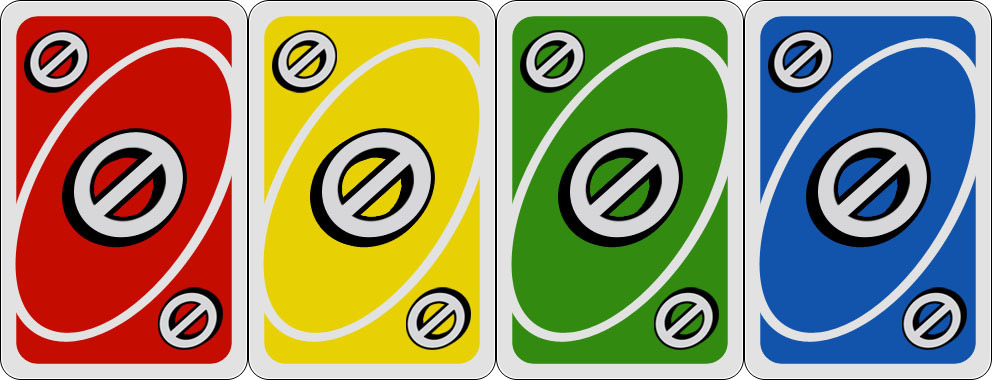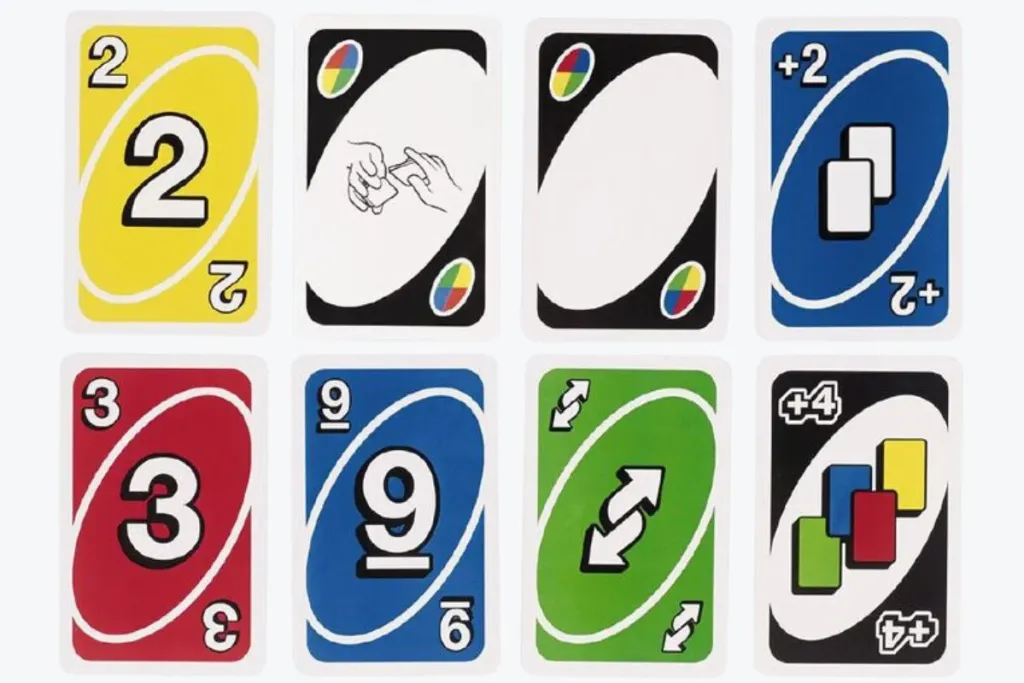Uno is a card game originating from America, with a variety of cards of different colors. In this article, you will learn about the meaning and how to use that card.

What Uno cards mean and how they work?
There are 108 cards in a regular Uno deck, and they are all in four colors: red, yellow, green, and blue. Each color has action and numbered cards, plus “wild” cards that don’t belong to any color. Below, JL3 will go into greater depth on each sort of card, what it does, how many there are, and how it affects the game.
Cards with numbers (0–9):
Total number of cards: 76 (19 of each color). There is one “0” card for each color and two of each number from “1” to “9.”
Purpose: These are the main cards in the game. You use them to match the color or number of the top card in the discard pile. If the top card is a Blue 5, you can play any blue card or any 5 of any color.
What the game is like: They are simple since they don’t have any special effects. There is only one “0” card for each color, which makes them unique. This can make them harder to play or useful in certain scenarios. These cards are usually the most important ones in your hand, and keeping a diversity of numbers and colors will assist you in avoiding drawing excess cards.
Skip (⛔):
Number: 8 cards (2 of each color).
The goal of the Skip card is to make the next player in the turn order lose their turn and give it to the player following them.
What it does to the game: It’s a tactical card to mess with someone who could be about to win, especially if they say “Uno!” If you’re planning a greater move in the next round, it can also provide you more time. It has a circle with a line through it on it, which means “no turn.”
Back (↔️):
Number: 8 cards (2 of each color).
This card changes the direction of play. If the turns were moving in one direction, they switch to the other direction.
Effect on Gameplay: It modifies how the game works, which can throw off players’ plans, especially in bigger groups where the order is more important. In a two-player game, it works like a Skip because reversing the turn only sends it back to you. There are two arrows on it that point in opposite directions to show the switch. It’s especially wonderful when it surprises someone who thinks it’s their turn soon.

Draw Two (+2):
Number: 8 cards (2 of each color).
When it’s their turn, the following player must draw two cards from the draw pile and skip their turn.
Impact on gameplay: This is a strong card that can slow down an opponent, especially if they don’t have many cards. It gives them more cards, making it harder to win and impossible to respond quickly. It’s a terrific method to change the course of the game, but it can also make you a target for revenge in later rounds. The card has a “+2” sign on it to show the penalty.
Wild:
Number: 4 cards (no set color, they are commonly depicted with all four colors on the card).
You can play this card on any top card, no matter what color or number it is. Then you can choose the color for the next turn. You can play a Wild and say “Blue” if the top card is a Red 7. This action means that the next player has to play a blue card.
Gameplay Impact: This card is really useful because you can always play it when you can’t think of anything else to do. You can choose a color that you have a lot of in your hand or one that you think the following player doesn’t have. In close situations, it makes a big difference, but for everyone else, it just changes the color.
Wild Draw Four (+4):
There are four cards; however, they don’t have to have a certain color, like the Wild card.
Goal: You can play it on anything, just like the Wild Card, and pick the color for the next turn. The following player must also draw four cards and not take their turn.
Effect on Gameplay: Many people think this is the best card in Uno because it lets you do a lot of things and gives you a big penalty. But there’s a catch: you can only play this card if you don’t have any other cards of the same color that you can play. If you violate this rule, you will have to draw four cards instead. Many people, however, don’t pay attention to the limitation and utilize it freely when playing casually. Such behavior might lead to heated arguments! A “+4” symbol is located next to the multi-colored design on the card.
Here is more information about Uno cards and how to play the game: The 76 numbered cards and 32 special/action cards make sure that randomness plays a big role in the game, even though strategy is important. You might frequently find yourself with many Wild cards or numbers that do not match.
Customization: Some Uno decks or home rules change things up (like stacking +2 and +4 cards), but the rules above are the same as the ones in the original Mattel game.
Visuals: Each sort of card has its own symbols, which makes it easier for even younger players or people who can’t read to grasp what to do (such as the for Skip or +2 for Draw Two).
